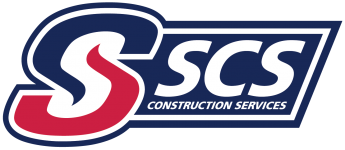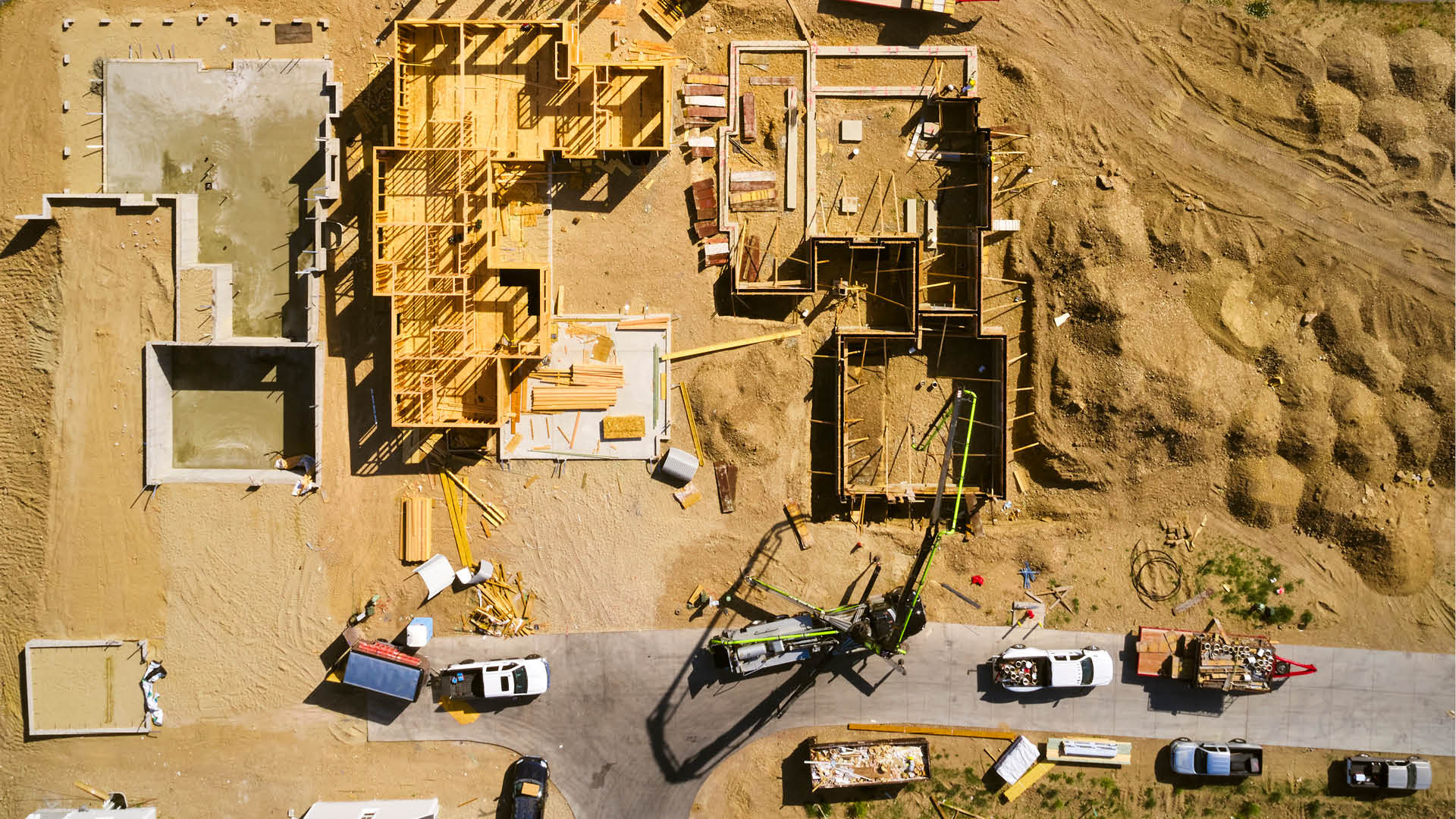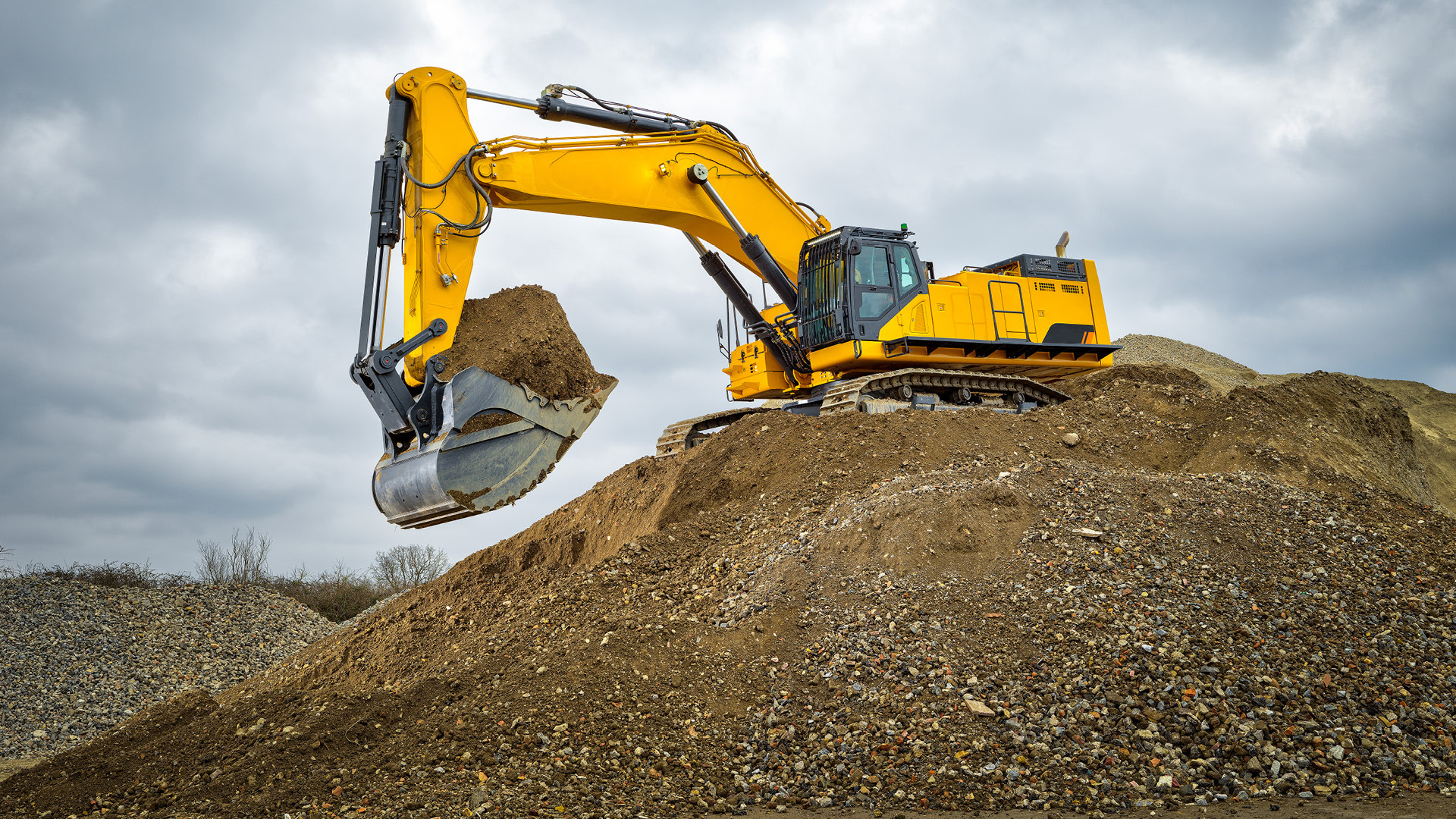In construction, there are many code requirements that must be followed in order for your project to be legal. Specifically, there are occupancy, fire, and ADA requirements. It is important to realize that these codes may be slightly different depending on where the construction project is located. It is the responsibility of the contractor and project manager to be sure to follow these codes, so the project is in compliance. In fact, occupancy is one area where the codes and rules are confusing.
Occupancy
Properly classifying the use and the occupancy of a building is an important task that sets the tone for the design of a structure. Specifically, the components and features of a building are designed to ensure a reasonable level of protection is provided to the building owner and occupants. For this reason, these features may include things such as building height, area, type of construction, fire resistance, means of egress, and interior finishes. Additionally, all these features will be based on one of the ten occupancy classifications for buildings. However, it is important to note that within each group, there are several subgroups of classifications.
Group A – Assembly
Group A Assembly Occupancy is a building used for people to gather for civic, social, religious functions, recreation, food & drink consumption, or waiting for transportation. Given that, some examples of Group A Assembly buildings could be:
- Movie Theaters
- Concert Halls
- Theaters
- Restaurants
- Bars
- Amusement Arcades
- Casinos
- Bowling Alleys
- Funeral Parlors
- Courtrooms
- Gyms
- Community Centers
- Libraries
- Churches
- Bus Stations
- Airports
- Train Stations
Group B – Business
Group B Business Occupancy is a building used for an office, professional, or service transaction. Although this sounds self-explanatory, it can be confusing. Therefore, some examples of Group B Business Occupancy could be:
- Doctor’s Offices
- Dry Cleaning
- Data Processing
- TV or Radio
- Architect Offices
- Attorney Offices
- Car Dealerships
- Post Offices
- Dental Offices
Group E – Educational
Group E Educational Occupancy is a building used for six or more persons at any one time for educational purposes up through 12th grade. In addition, they may also be day care facilities that have more than 5 children over age 2 ½ who receive educational services less than 24 hours per day. Notably, spaces that provide daycare services during a religious service will still be classified as Group A Assembly based on the primary occupancy purpose. Similarly, daycare facilities with 5 or fewer children will also be classified according to the buildings’ primary purpose. For example, a business with a small childcare facility for employees would be classified as Class B Business. However, a childcare in a home with 5 or less children would be classified as a Group R Residence.
Group F – Factory and Industrial
Group F Factory and Industrial Occupancy is a building used for assembling, disassembling, fabricating, finishing, manufacturing, packaging, repairing, and processing operations that do not qualify as Group H High Hazard or Group S Storage. For clarity, some examples of Group F Factory and Industrial Occupancy could be:
- Car Manufacturing
- Athletic Equipment Manufacturing
- Bicycles Manufacturing
- Appliance Manufacturing
- Brick and Masonry
- Ice
- Foundries
- Glass Products
- Metal Fabrication
Group H – High Hazard
A Group H High Hazard Occupancy is a building used for manufacturing, processing, generation, or storage of materials that could constitute a physical or health hazard. Further, there are 5 High Hazard areas that these building fall into:
- Detonation Materials Hazard
- Flammable Materials Hazard
- Combustive Materials Hazard
- Health Materials Hazard
Group I – Institutional
Group I Institutional Occupancy is a building where care is provided for people who are not capable of caring for themselves or self-preservation without physical assistance or people who are incarcerated or detained for correctional purposes. In particular, some examples of Group I Institutional Occupancy could be:
- Alcohol or Drug Rehabilitation Centers
- Mental Health Facilities
- Group Homes
- Halfway Houses
- Prisons
- Assisted Living Facilities
- Hospitals
- Foster Care Facilities
Group M – Mercantile
Group M Mercantile are buildings used for the display and sale of merchandise, the stocking of goods, and is accessible to the public. Most obviously, some examples of Group M Mercantile Occupancy could include:
- Department Stores
- Drug Stores
- Retail Stores
- Markets
- Sales Floors
Group R – Residential
Group R Residential Occupancy is a building intended for sleeping purposes. With that in mind, some examples of Group R Residential Occupancy could be:
- Apartments
- Homes
- Boarding Houses
- Transient Hotels and Motels
- Dormitories
- Convents/Monasteries
- Time Shares
- Fraternities/ Sororities
Group S – Storage
Another category, Group S Storage, covers buildings intended to store materials that is a separate entity from any other building or facilities. For instance, here are some examples of Group S Storage separates storage into levels of hazardous materials:
Moderate Hazards
- Bags
- Rocks
- Baskets
- Paper
- Shoes and Clothing
- Furniture
Noncombustible Hazards
- Asbestos
- Beverages
- Cement
- Chalk
- Crayons
- Glass
- Drywall
Group U – Utility and Miscellaneous Occupancy
Group U Utility and Miscellaneous Occupancy is for a building that is used an accessory or miscellaneous use that is not classified in any other of the groups. Below are some examples of Group U Utility and Miscellaneous Occupancy:
- Barns
- Greenhouses
- Stables
- Sheds
- Carports
- Tanks
In summary, all these occupancy groups determine the sort of limitations and requirements for a building. Consequently, each group has its own set of codes and regulations. All in all, a contractor and project manager must know the occupancy and the codes associated with it for any building project they pursue. We especially understand the importance being sure your building projects are up to code. In fact, we understand all the codes for your next building. In other words, here at SCS Construction, we are happy to help you plan your next project within the proper regulations! Call us at 317-272-0129.
Are you on Facebook? We are, too. Let’s be friends!






Recent Comments